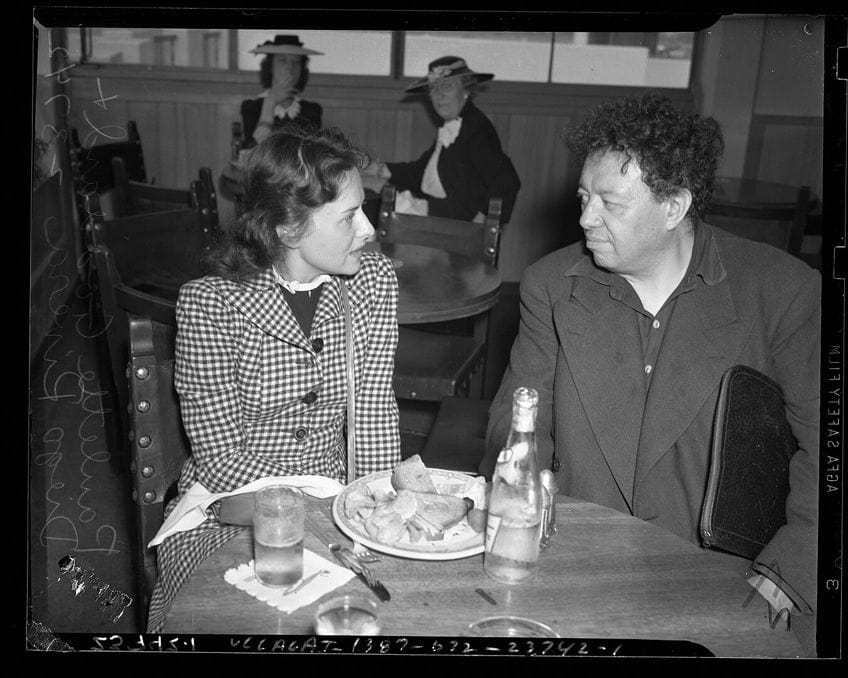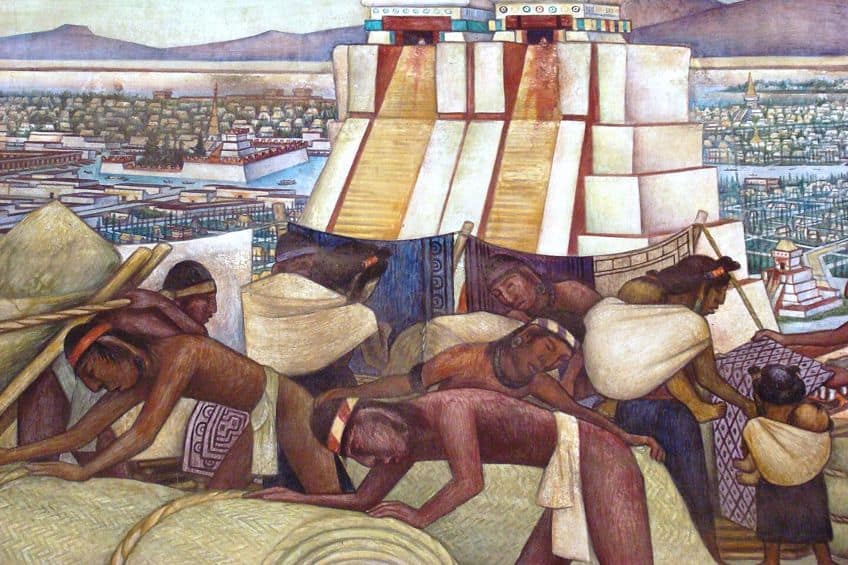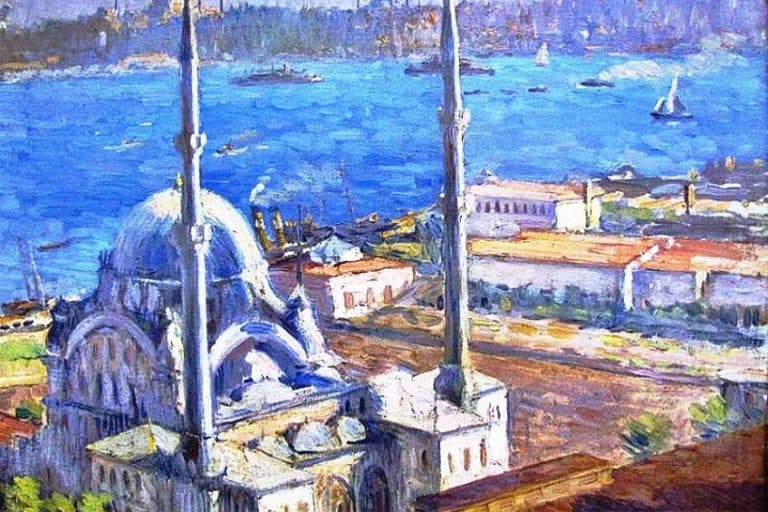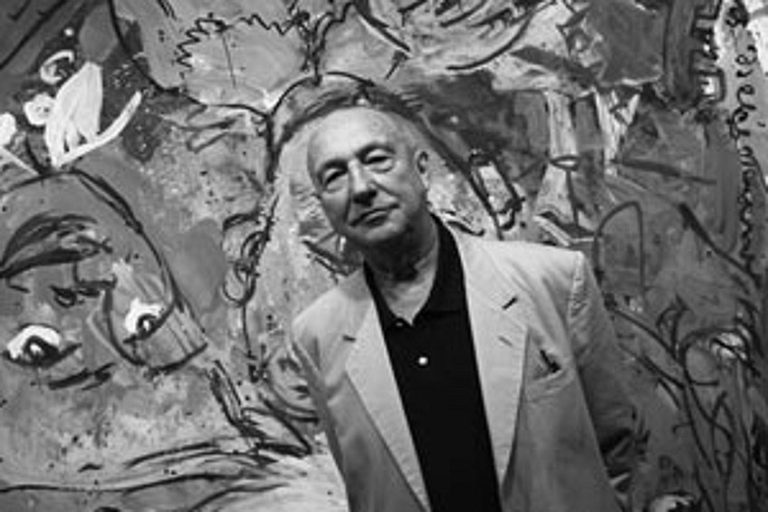Facts About Diego Rivera – A Key Figure in Mexican Muralism
Diego Rivera, a towering figure in the realm of Mexican muralism, left an indelible mark on the world of art and culture. Renowned for his monumental frescoes that blend social commentary with vivid imagery, Rivera’s work not only captivated audiences but also ignited conversations about politics, society, and identity. Beyond his artistic prowess, Rivera led a fascinating life, marked by his tumultuous relationship with Frida Kahlo, his political activism, and his global influence as a muralist. Delving into the facts about Diego Rivera unveils a narrative that intertwines art, history, and passion, shaping the trajectory of modern art in profound ways.
Table of Contents
- 1 The Legacy of Diego Rivera
- 2 10 Top Facts About Diego Rivera
- 2.1 Diego Rivera’s Name Is Almost Comically Long
- 2.2 His Talent Became Apparent at an Early Age
- 2.3 Frida Kahlo Was One of Four Wives
- 2.4 He Cheated on His Wife, Frida Kahlo, With Her Sister
- 2.5 Rivera Founded Mexicanidad
- 2.6 He Was an Avowed Atheist
- 2.7 Rivera Was a Communist
- 2.8 He Hosted the Exiled Leon Trotsky
- 2.9 He Was a Mexican Celebrity
- 2.10 Diego Rivera Was a Big Man, Literally and Figuratively
- 3 Frequently Asked Questions
The Legacy of Diego Rivera
Diego Rivera’s legacy is a multifaceted tapestry woven with threads of artistic brilliance, social activism, and cultural resonance. His art, characterized by bold colors, dynamic compositions, and powerful narratives, serves as a visual chronicle of Mexico’s history, traditions, and struggles. Rivera’s monumental murals not only adorned public spaces but also served as catalysts for social change, depicting scenes of labor, indigenous heritage, and revolutionary fervor.

Beyond his artistic prowess, Rivera’s legacy extends to his role as a cultural ambassador, bridging the gap between the avant-garde art world and popular culture. His collaborations with fellow artists and intellectuals, such as Frida Kahlo and André Breton, further cemented his influence on global artistic movements. Today, Rivera’s art continues to inspire and provoke, reminding us of the enduring power of creativity to shape narratives, challenge norms, and celebrate the richness of human experience.
10 Top Facts About Diego Rivera
In exploring the life and art of Diego Rivera, it’s fascinating to delve into the facts that shaped his legacy as one of Mexico’s most iconic artists. From his early years marked by artistic talent to his tumultuous personal relationships and staunch political beliefs, Rivera’s life is a mosaic of captivating details that illuminate the complexities behind his renowned murals and paintings.
This section delves into key facts about Diego Rivera, offering insights into his artistic genius, political activism, personal struggles, and enduring impact on the world of art and culture.
Diego Rivera’s Name Is Almost Comically Long
Diego Rivera’s full name, Diego María de la Concepción Juan Nepomuceno Estanislao de la Rivera y Barrientos Acosta y Rodríguez, reflects not only his Mexican heritage but also the tradition of incorporating various family names and saints’ names. This tradition, common in Spanish-speaking countries, adds layers of identity and history to an individual’s name, highlighting Rivera’s deep roots and cultural connections.

His Talent Became Apparent at an Early Age
Rivera’s artistic talent emerged during his childhood in Guanajuato, Mexico. His early drawings and paintings displayed a remarkable skill for capturing scenes and emotions, setting the stage for his later success as a muralist and painter.
This early recognition of his talent also led to formal training in art schools, where he honed his skills and developed his unique style.
Frida Kahlo Was One of Four Wives
Frida Kahlo’s relationship with Diego Rivera was marked by both profound love and intense turmoil. As one of his four wives, Kahlo shared a tumultuous and passionate bond with Rivera, influencing each other’s art and worldview. Their relationship, despite its challenges and infidelities, remains a significant aspect of both artists’ legacies, shaping how they are remembered and studied today.

He Cheated on His Wife, Frida Kahlo, With Her Sister
The affair between Diego Rivera and Frida Kahlo’s sister, Cristina Kahlo, added a dramatic and controversial element to their already complex relationship. This betrayal deeply wounded Kahlo and strained her relationship with both Rivera and her sister.
The affair’s impact reverberated through their personal lives and artistic careers, revealing the intricate dynamics of love, betrayal, and forgiveness within their circle.
Rivera Founded Mexicanidad
Rivera’s advocacy for Mexicanidad was not limited to artistic expression but extended to social and political activism. He founded movements and organizations that promoted indigenous culture, championed workers’ rights, and celebrated Mexico’s rich heritage. This commitment to Mexican identity and pride shaped his art and legacy, solidifying his place as a key figure in Mexico’s cultural history and artistic renaissance.

He Was an Avowed Atheist
Diego Rivera’s atheism stemmed from his rationalist beliefs and critical view of organized religion. His art often reflected this stance, portraying humanistic themes and social realities rather than religious symbolism.
This atheistic perspective was also intertwined with his communist ideology, as both rejected traditional authority structures in favor of a more egalitarian society.
Rivera Was a Communist
Rivera’s communist beliefs were deeply rooted in his experiences witnessing social inequalities and injustices. He actively participated in communist movements, using his art as a tool for political commentary and activism. His murals, such as those depicting the struggles of workers and indigenous peoples, served as visual protests against capitalist exploitation and imperialism.

He Hosted the Exiled Leon Trotsky
The decision to host Leon Trotsky, the exiled Bolshevik leader, at his home in Mexico City showcased Rivera’s defiance against political persecution and solidarity with fellow leftist intellectuals.
Despite political tensions and threats from Stalinist agents, Rivera provided refuge and support to Trotsky, aligning himself with the international communist movement’s ideals of unity and resistance against fascism.
He Was a Mexican Celebrity
Rivera’s status as a Mexican celebrity was not solely based on his artistic achievements but also on his charismatic personality and involvement in public life. He was known for his flamboyant style, outspoken nature, and relationships with prominent figures in politics and the arts. His fame transcended national borders, earning him recognition as a global cultural figure representing the spirit of Mexicanidad and artistic innovation.

Diego Rivera Was a Big Man, Literally and Figuratively
Diego Rivera’s physical presence mirrored his artistic stature, embodying a robust and commanding presence that matched his bold artistic vision. Standing over six feet tall with a sturdy build, Rivera’s imposing figure reflected his confidence and assertiveness, traits that were evident in his art and public persona. This larger-than-life quality extended beyond his physical appearance to his artistic legacy, leaving an indelible mark on the art world and popular culture.
Diego Rivera’s legacy is a testament to the power of art to transcend boundaries and ignite change. From his bold brushstrokes to his unapologetic political stance, Rivera’s impact on the art world and beyond is undeniable. His ability to merge artistic excellence with social consciousness has inspired generations of artists to use their craft as a tool for activism and expression. As we reflect on the fascinating facts about Diego Rivera, we are reminded of his enduring influence and the relevance of art in shaping our understanding of the world.
Frequently Asked Questions
What Were Diego Rivera’s Artistic Contributions?
Rivera’s artistic contributions include his revolutionary approach to mural painting, blending traditional Mexican art techniques with modernist styles. His murals often focused on themes of social justice, indigenous heritage, and the struggles of the working class.
What Themes Did Diego Rivera’s Murals Explore?
Rivera’s murals often explored themes such as Mexican history, indigenous cultures, social inequality, labor movements, and the impact of colonialism. His artworks were highly symbolic and infused with political and cultural messages.
Did Diego Rivera Receive Recognition for His Art During His Lifetime?
Yes, Diego Rivera gained significant recognition and acclaim for his art during his lifetime. He received commissions for murals from various institutions and was celebrated as a leading figure in Mexican art and culture. His fame and influence extended internationally, particularly in the art circles of Europe and the United States.
How Did Diego Rivera’s Political Beliefs Influence His Art?
Diego Rivera’s communist beliefs and social activism strongly influenced the content and style of his art. His murals often depicted scenes of proletarian struggles, revolutionary movements, and critiques of capitalist exploitation. His art served as a visual manifesto for social change and political consciousness.
Isabella studied at the University of Cape Town in South Africa and graduated with a Bachelor of Arts majoring in English Literature & Language and Psychology. Throughout her undergraduate years, she took Art History as an additional subject and absolutely loved it. Building on from her art history knowledge that began in high school, art has always been a particular area of fascination for her. From learning about artworks previously unknown to her, or sharpening her existing understanding of specific works, the ability to continue learning within this interesting sphere excites her greatly.
Her focal points of interest in art history encompass profiling specific artists and art movements, as it is these areas where she is able to really dig deep into the rich narrative of the art world. Additionally, she particularly enjoys exploring the different artistic styles of the 20th century, as well as the important impact that female artists have had on the development of art history.
Learn more about Isabella Meyer and the Art in Context Team.
Cite this Article
Isabella, Meyer, “Facts About Diego Rivera – A Key Figure in Mexican Muralism.” Art in Context. April 10, 2024. URL: https://artincontext.org/facts-about-diego-rivera/
Meyer, I. (2024, 10 April). Facts About Diego Rivera – A Key Figure in Mexican Muralism. Art in Context. https://artincontext.org/facts-about-diego-rivera/
Meyer, Isabella. “Facts About Diego Rivera – A Key Figure in Mexican Muralism.” Art in Context, April 10, 2024. https://artincontext.org/facts-about-diego-rivera/.











